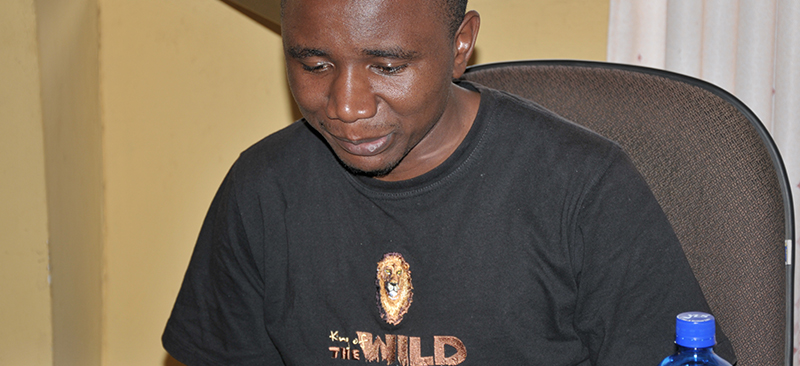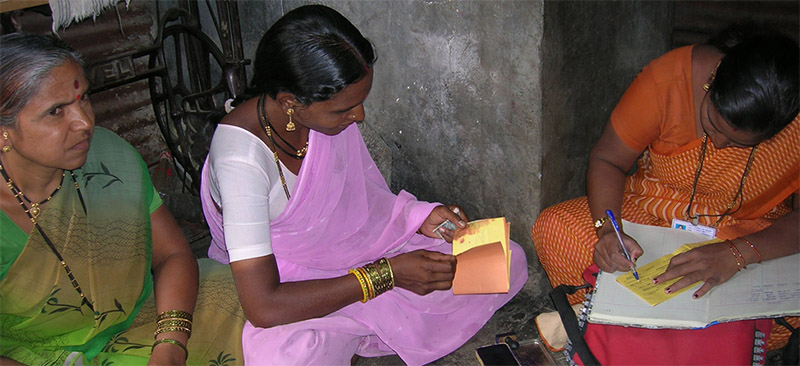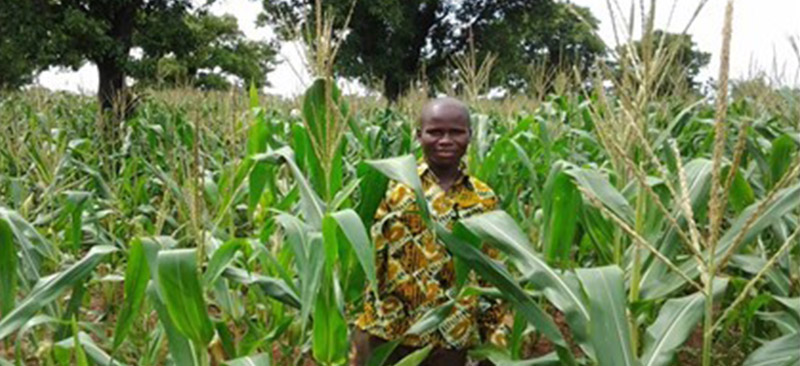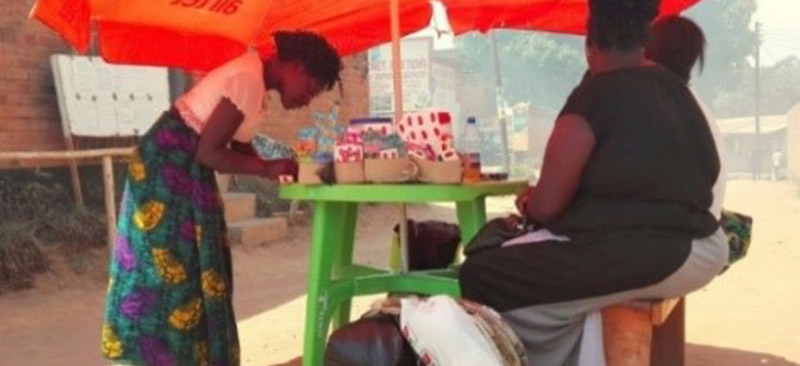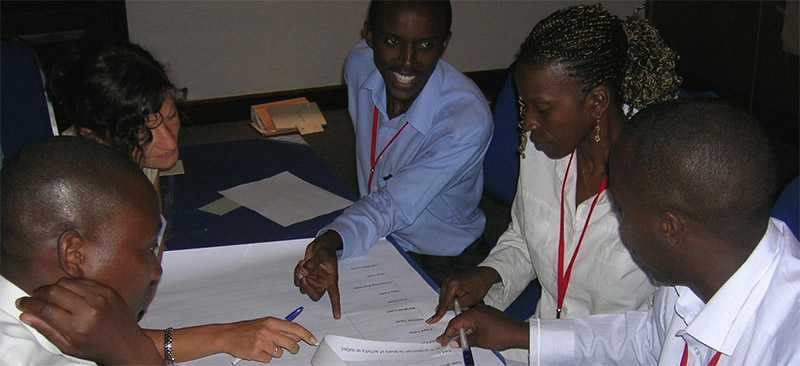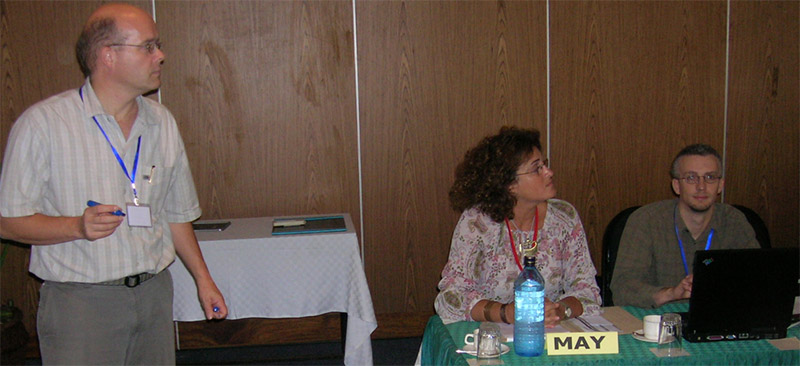This village-based program uses a mutual insurance model that has as its objective complete “ownership” of the activities by the members. CIDR-Uganda management defines “ownership” in this case as “a feeling of people that they manage and make all the decisions for the scheme. That they know the scheme is theirs.” CIDR-France has concluded that such “ownership” and the resulting autonomy are not likely to happen with this project within the next ten years. It thus no longer warrants (per CIDR policies) an expatriate manager after the first three-year phase. CIDR is now transferring project management to a newly created NGO (while retaining the same staff and members) called Save for Health Uganda, under local management and with some oversight by CIDR France.
Blog
Client-Focused Microfinance: A Review of Information Sources
This briefing note proposes to focus on clients’ needs rather than on institutions or products. It discusses various sources of information, which play an important role in assessing the needs of the clients such as local government & network, MIS and competition analysis, frontline staff, clients’ responses, and primary market research methods. Given the maturing of microfinance market, the note suggests the MFIs to become more sophisticated in their approaches to understanding the markets within which they operate
Microcare Ltd. Health Plan (Uganda)
This paper summarizes the interventions of Microcare, a not-for-profit organisation involved in the provision of heath care financing services in Uganda. Microcare offers a single comprehensive health care coverage package and provides third-party administrative services to other companies in addition to being involved in developing information systems for health insurers. The paper briefly outlines Microcare’s products, and its institutional structure, covering health scheme operations, accounting, marketing strategy, sustainability, management and governance and partnerships.
The paper also highlights the relationship between the partners, namely the health service providers and the MFIs, and Microcare. While discussing the likelihood of sustainability, this paper also addresses relevant operational issues, the organizational risk management strategy and clients’ level of satisfaction with the product. A summary of the strengths, weaknesses, opportunities and threats related to Microcares’ program is also provided.
Developing Staff Incentive Schemes
Examines what lessons can be learned from staff incentive schemes from Latin America, Eastern Europe and Africa.
Product Costing – The Experience of MicroSave
This note focuses on understanding of processes and costs structures which in turn facilitates improvements in efficiency and allows more informed pricing decisions to be made. It discusses activity based costing (ABC) at length and its significance for the MFIs such as reducing costs, redefining/rejecting loss making products etc. It also draws lessons from costing experience of MicroSave. The note recommends having management commitment, trained staff, careful background work and necessary resources in order conduct a successful costing exercise.
Designing Staff Incentive Schemes
This note lays out the principles and steps for designing effective staff incentive schemes. It focuses primarily on transparency and fairness in designing and implementing staff incentive scheme. It addresses critical design issues such as timing, frequency of incentive payout, and weight of bonus in total remuneration in implementing staff incentive scheme. The note briefly discusses five types of incentive schemes—individual incentive schemes, team based incentive scheme, employees’ stock ownership plan (ESOPs), profit sharing & gain sharing schemes and delayed benefits. The note also outlines 10 major steps of designing an effective incentive scheme.
